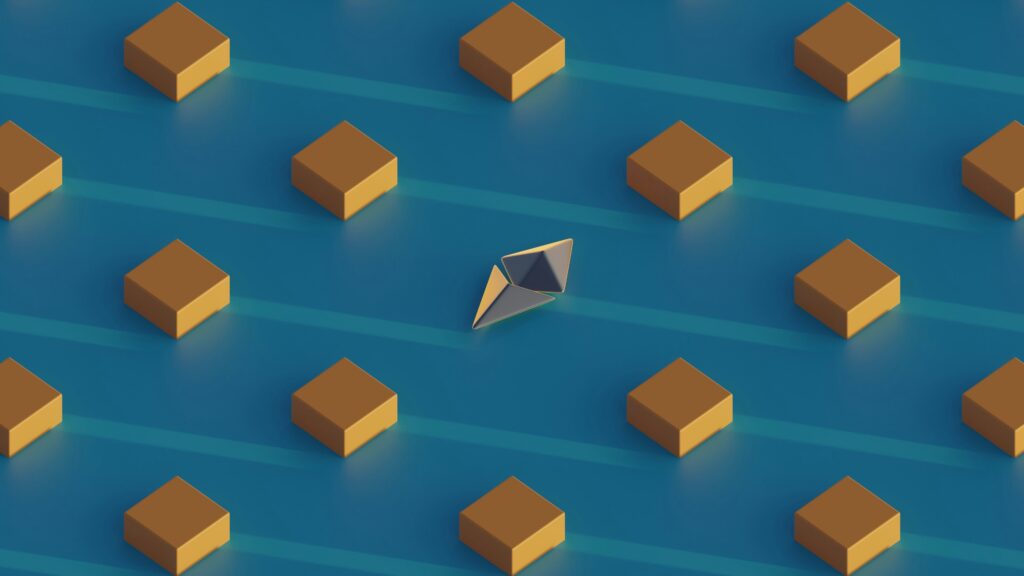Circuitry
In the realm of circuitry, mastering the art of designing printed circuit boards (PCBs) is crucial for achieving optimal functionality and efficiency. Whether you’re a seasoned engineer or a budding enthusiast, understanding the key principles and best practices in PCB design can make or break your project. Let’s dive into the essentials of PCB design and explore how you can elevate your skills to the next level.
Fundamentals of PCB Design
Functionality: The primary goal of PCB design is to ensure that the circuit functions as intended with minimal errors or interference. Layout: Proper component placement and routing are pivotal in optimizing the performance of the circuit. Signal Integrity: Maintaining signal integrity is essential to prevent distortions or losses in data transmission. Power Distribution: Efficient power distribution is crucial to meet the energy demands of the circuit components.
As you embark on your PCB design journey, remember to keep these core principles in mind to lay a solid foundation for your projects.
Advanced Techniques in PCB Design
Now that you have a grasp of the basics, it’s time to explore some advanced techniques that can take your PCB designs to the next level.
HighSpeed Design: Implementing highspeed design techniques is vital for circuits operating at elevated frequencies. Impedance Matching: Matching impedance levels between components is essential for optimizing signal transfer and minimizing reflections. Thermal Management: Proper thermal management techniques are critical to prevent overheating and ensure the longevity of the components. EMI/EMC Compliance: Adhering to electromagnetic interference (EMI) and electromagnetic compatibility (EMC) standards is essential for regulatory compliance.
By incorporating these advanced techniques into your PCB design workflow, you can enhance the performance and reliability of your circuits significantly.
The Role of Simulation Software in PCB Design
Simulation software plays a pivotal role in modern PCB design, enabling engineers to analyze, validate, and optimize their designs before prototyping. This invaluable tool provides a virtual platform to test various scenarios and identify potential issues early in the design phase.
SPICE Simulation: SPICE (Simulation Program with Integrated Circuit Emphasis) simulation allows engineers to model and simulate circuit behavior accurately. Signal Integrity Analysis: Conducting signal integrity analysis helps identify and rectify signal distortions and reflections. Thermal Simulation: Thermal simulation tools enable designers to evaluate heat dissipation and optimize cooling strategies. EMI/EMC Analysis: EMI/EMC analysis tools help ensure that the design complies with relevant standards and regulations.
Integrating simulation software into your PCB design process can streamline workflow, minimize errors, and accelerate timetomarket for your projects.
Future Trends and Innovations in PCB Design
As technology continues to advance at a rapid pace, the field of PCB design is also evolving with new trends and innovations shaping the industry.
Miniaturization: The trend towards miniaturization is driving the development of smaller, more compact PCBs for various applications. Flexible Electronics: Flexible PCBs are gaining popularity due to their bendable and lightweight nature, opening up new possibilities for wearable and IoT devices. AIAssisted Design: Artificial intelligence (AI) is increasingly being used to optimize PCB layouts, improve routing efficiency, and enhance design automation. Blockchain Integration: Blockchain technology is being explored for enhancing security and traceability in PCB supply chains and manufacturing processes.
As you navigate the everchanging landscape of PCB design, staying informed about these emerging trends can inspire innovation and creativity in your projects.
Conclusion
In conclusion, mastering the art of PCB design requires a combination of fundamental knowledge, advanced techniques, simulation tools, and a keen eye for future trends. By honing your skills in PCB design, you can create efficient, reliable circuits that push the boundaries of technological innovation. So, roll up your sleeves, unleash your creativity, and let ajyvbrc be your guide in your PCB design endeavors!






